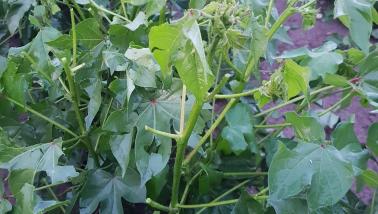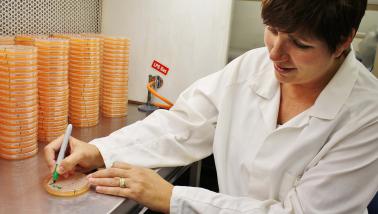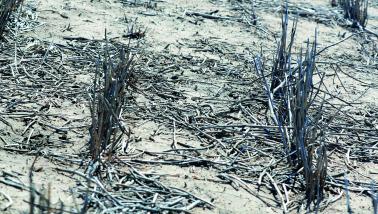This article applies what we have learnt about cotton growth and development in the CQ environment and look at what to expect once the decision is made to grow the crop on.
(Whether or not a field should be retained vs abandoned will not be covered here, as crop insurance and a range of other factors will affect that decision-making process when significant damage has been sustained.)
Hail damage will vary from minor leaf and terminal shoot damage through to extensive canopy destruction, including stem and fruit loss. The highest impact of this damage is likely to…
Read More






